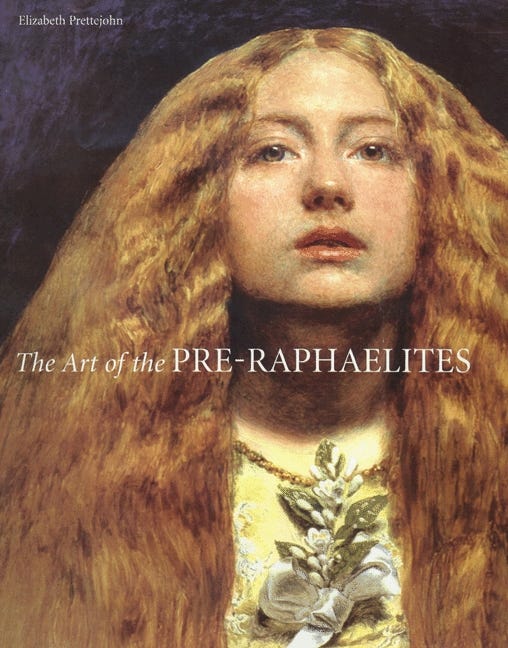
The Art of the Pre-Raphaelites is a major contribution to British Art History for its thorough examination of the titular artist collective who shook the Victorian art establishment and was written by Elizabeth Prettejohn, an Art Historian and Professor from the Department of History of Art at the University of York. This text is not a “history of the Pre-Raphaelites” (although it does provide a sumptuous overview of its existence). Instead, Prettejohn rightly pursues a more expansive and multifaceted approach that considers the following: Who were the Pre-Raphaelites? What does a Pre-Raphaelite style look like? In what ways does Pre-Raphaelitism diverge from artistic conventions during and prior to the Victorian-era? How does Pre-Raphaelitism exactly fit into the Art History canon? Was Pre-Raphaelitism a brief moment in the mid-19th Century or did it persist through the end of the century and even into the beginning of the 20th Century? This thematic-driven assessment proves invaluable in describing the origins, meaning, and relevance of Pre-Raphaelite art and its circle of practitioners and associates beyond a standard beginning-middle-end historical summation.

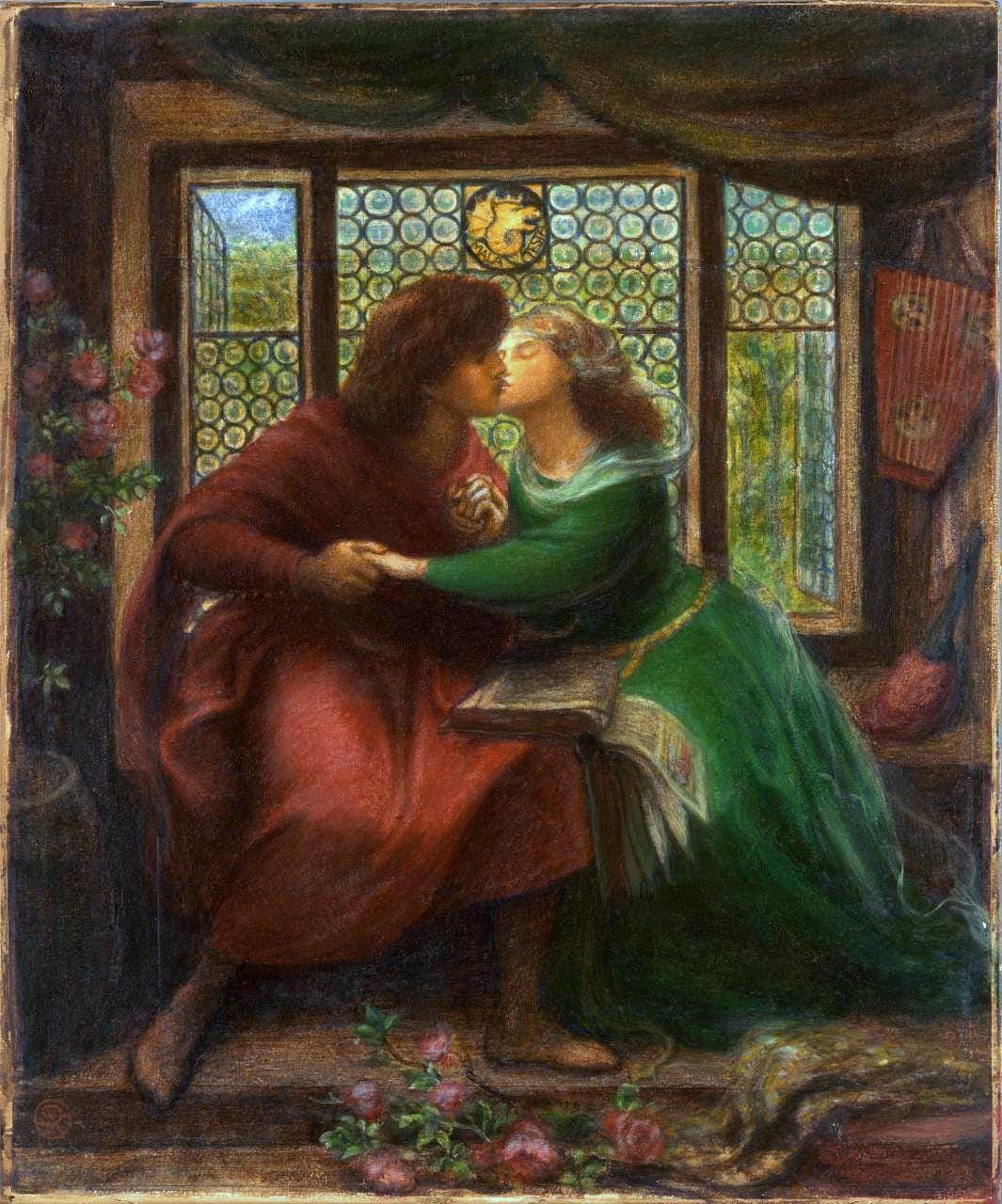
The book is divided into two parts, with the first part serving as context for The Pre-Raphaelite Brotherhood’s formation and their influences, the equally significant roles of women within its circle (or, as it is aptly titled here, The Pre-Raphaelite Sisterhood), and a detailed evaluation of the movement’s stylistic and temporal trajectories in the 19th and early-20th Centuries. In Part Two, Prettejohn’s theme-centric chapters tactfully investigate a range of topics that help to elucidate the complexities of defining Pre-Raphaelitism, including: technique and materiality, the role of the landscape, “truthfulness” in pictorial representation, the relationships between the artists and their models, gender & sexuality, the socio-political and historical contexts of the Victorian-era, etc. Over one hundred image reproductions are displayed with accompanying visual and contextual analysis that not only aid in understanding Pre-Raphaelite art, but also in explaining concurrent artistic trends that operated in 19th Century England. Comparative analysis is frequently employed to underscore the similarities and differences between works by fellow Pre-Raphaelite artists, the evolution of an individual artist's work over time, and the continuities of Pre-Raphaelitism among artists loosely affiliated with the movement.
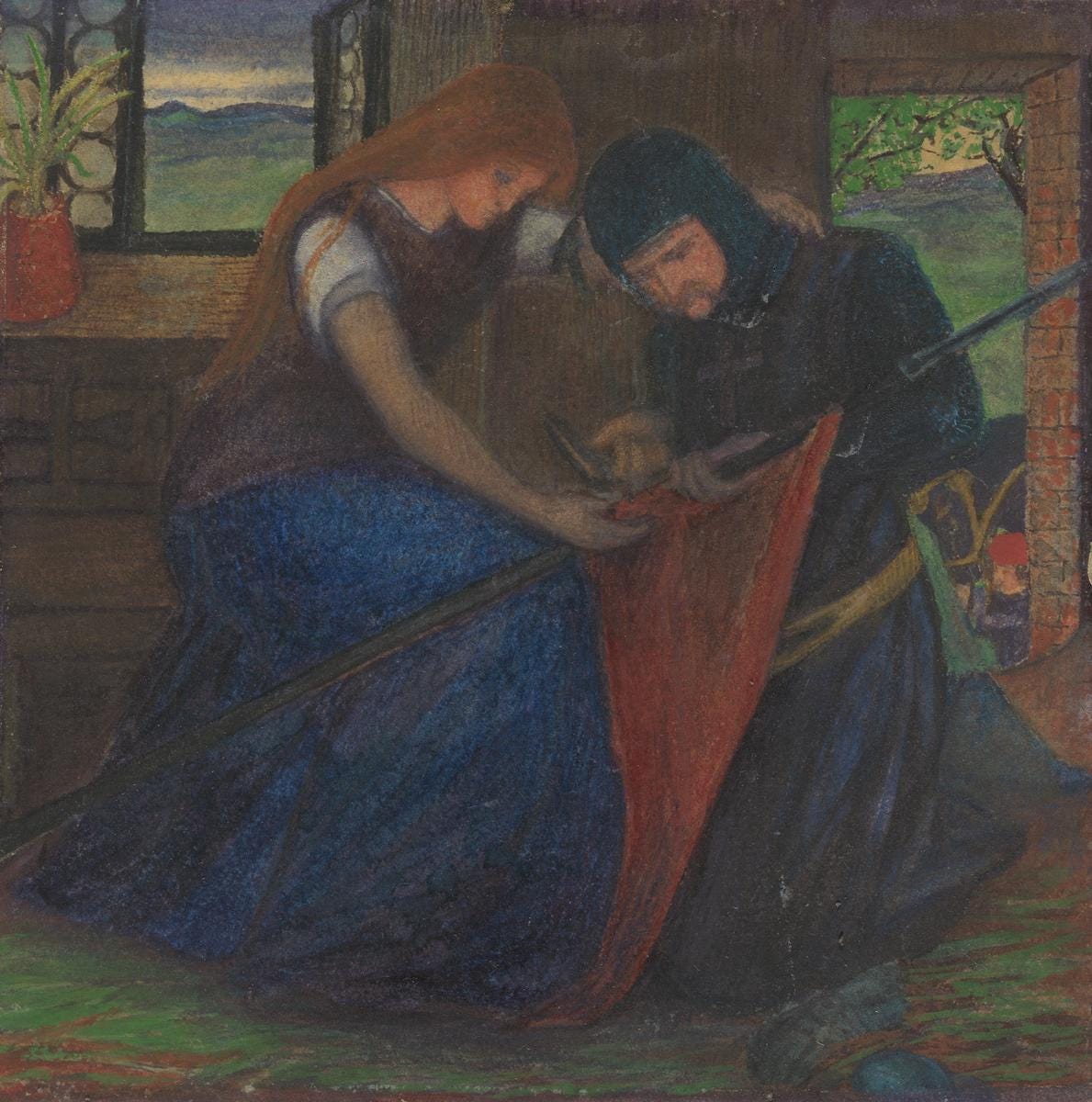
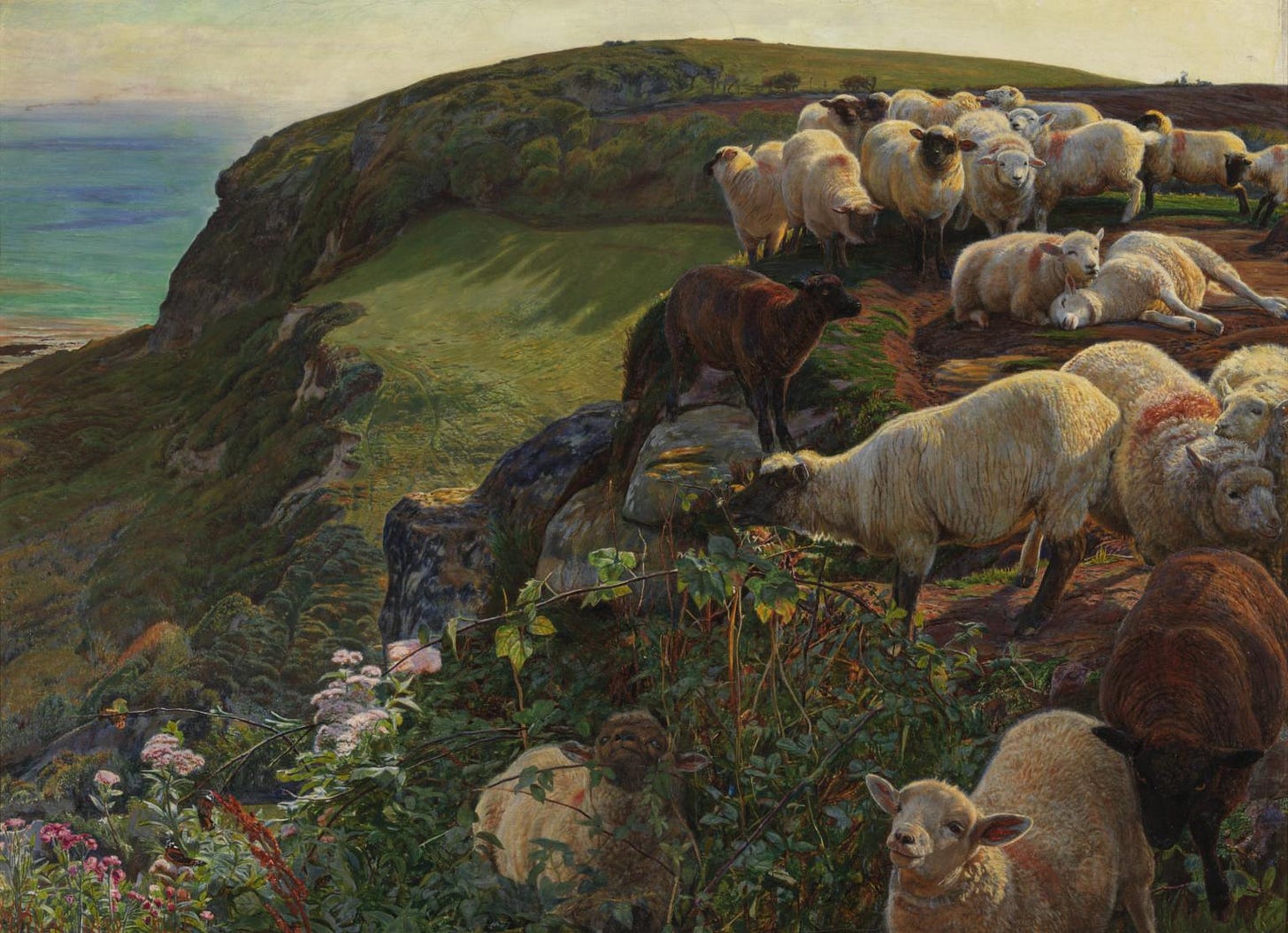
As an authority on Pre-Raphaelitism, Prettejohn incorporates bounteous primary and secondary sources that further expand on the wellspring of information her text provides. The primary source citations deserve special recognition as a litany of passages from the writings of the Pre-Raphaelites perform a variety of functions, from explanations of a painting’s meaning to personal anecdotes on the technical challenges encountered in completing a landscape. Respected art critic and Pre-Raphaelite advocate John Ruskin’s statements bring even more clarity and insight along with the mention of criticisms by leading individuals such as author Charles Dickens who excoriated the movement’s painterly ambitions.
Henry Wallis (English, 1830 - 1916), “The Death of Chatterton”, 1856, oil on canvas. Tate Britain, London, UK.
Prettejohn poses a thought-provoking question that becomes a recurring theme throughout the entire book: were the Pre-Raphaelites the first modern art movement? She explains that such an assertion would automatically upend the traditional narrative of Modernism which states that Modern Art began with the French Impressionists in the late-19th Century before proceeding with a strongly Francocentric lean toward subsequent avant-garde movements and styles. Regardless of a reader’s position on this view, Prettejohn’s combination of contextual data and visual analysis form compelling arguments, such as her comments on the stylistic ingenuity behind the meticulousness of the Pre-Raphaelites’ intricate handling of paint in tandem with their early adoption of plein-air techniques.
At the time of the book’s publication in 2000, it was already deemed an academically significant text because it was the first important scholarly work on the movement in 15 years. Since then, there has been a remarkable increase in both academic and public interest in The Pre-Raphaelites as evidenced by the scores of books, exhibitions, and documentaries on the movement and its individual members, including the BBC documentary series The Pre-Raphaelites: Victorian Revolutionaries (2009) and the recent Tate exhibition The Rossettis (2023). As such, this book is most likely responsible for this exciting sea change in British art historical scholarship and renewed curatorial interventions, especially when reflecting on contemporary interests in the role of female members like Elizabeth Siddal and Fanny Eaton, the latter of whom being a woman of mixed race heritage (possibly white European and Jamaican, which has now brought race into the discourse on the Pre-Raphaelites). Nearly two and a half decades later, The Art of the Pre-Raphaelites continues to serve as a crucial resource that deftly examines the movement from an inside-out perspective suitable for students of Art History, British art specialists, and enthusiasts of 19th Century art & culture.
The official exhibition poster for “The Rossettis” at The Tate (2023)




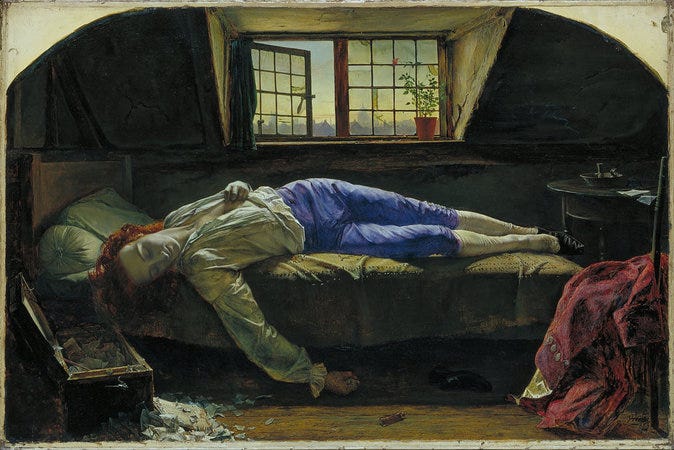
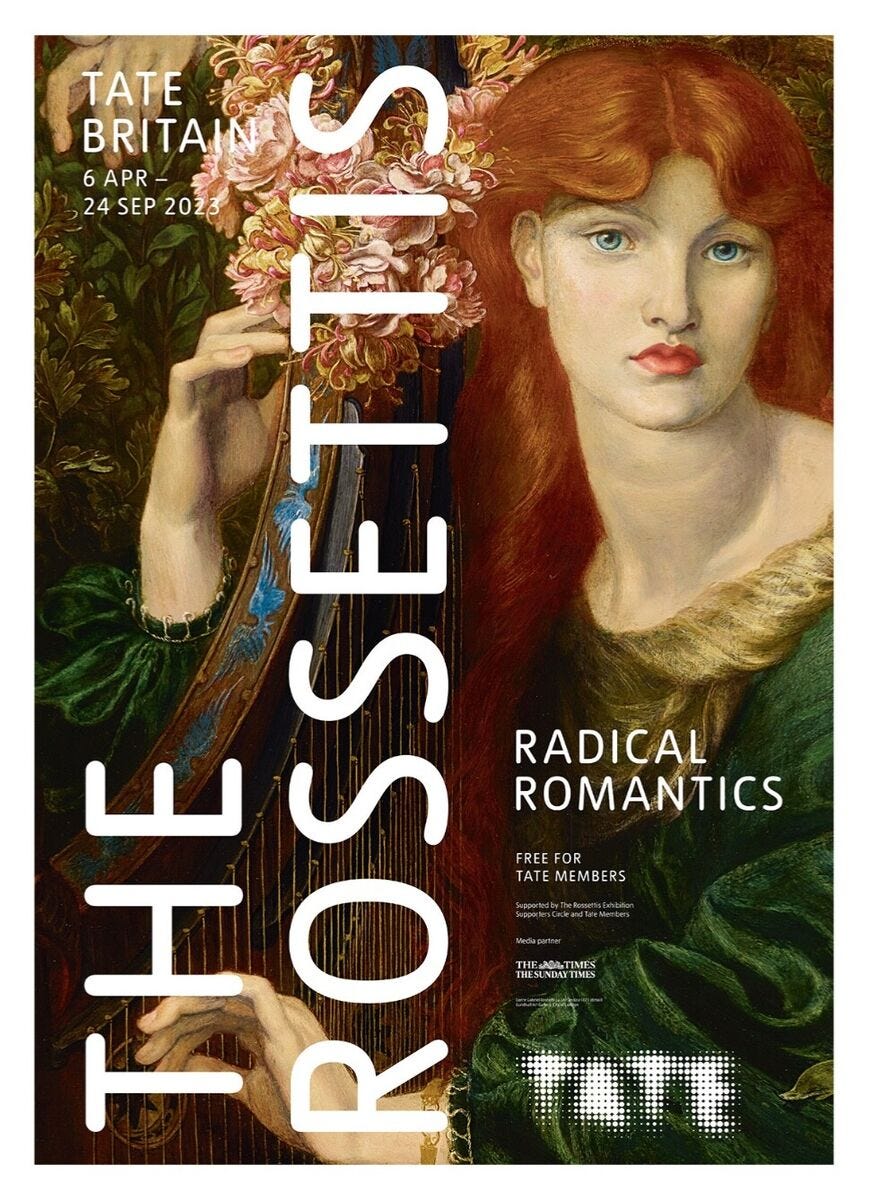
Makes me want to know more.
Im now obsessed with that painting of Ophelia…